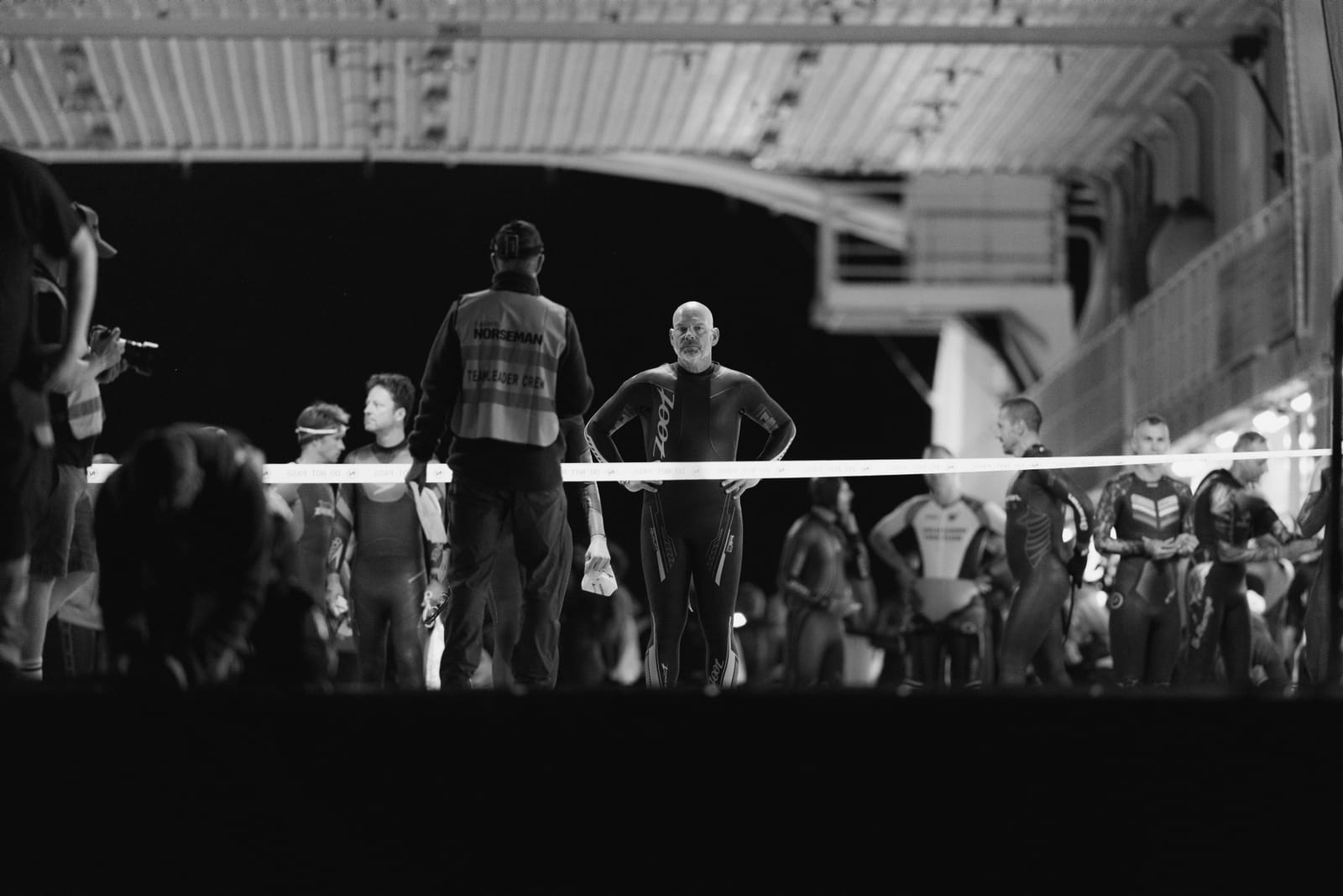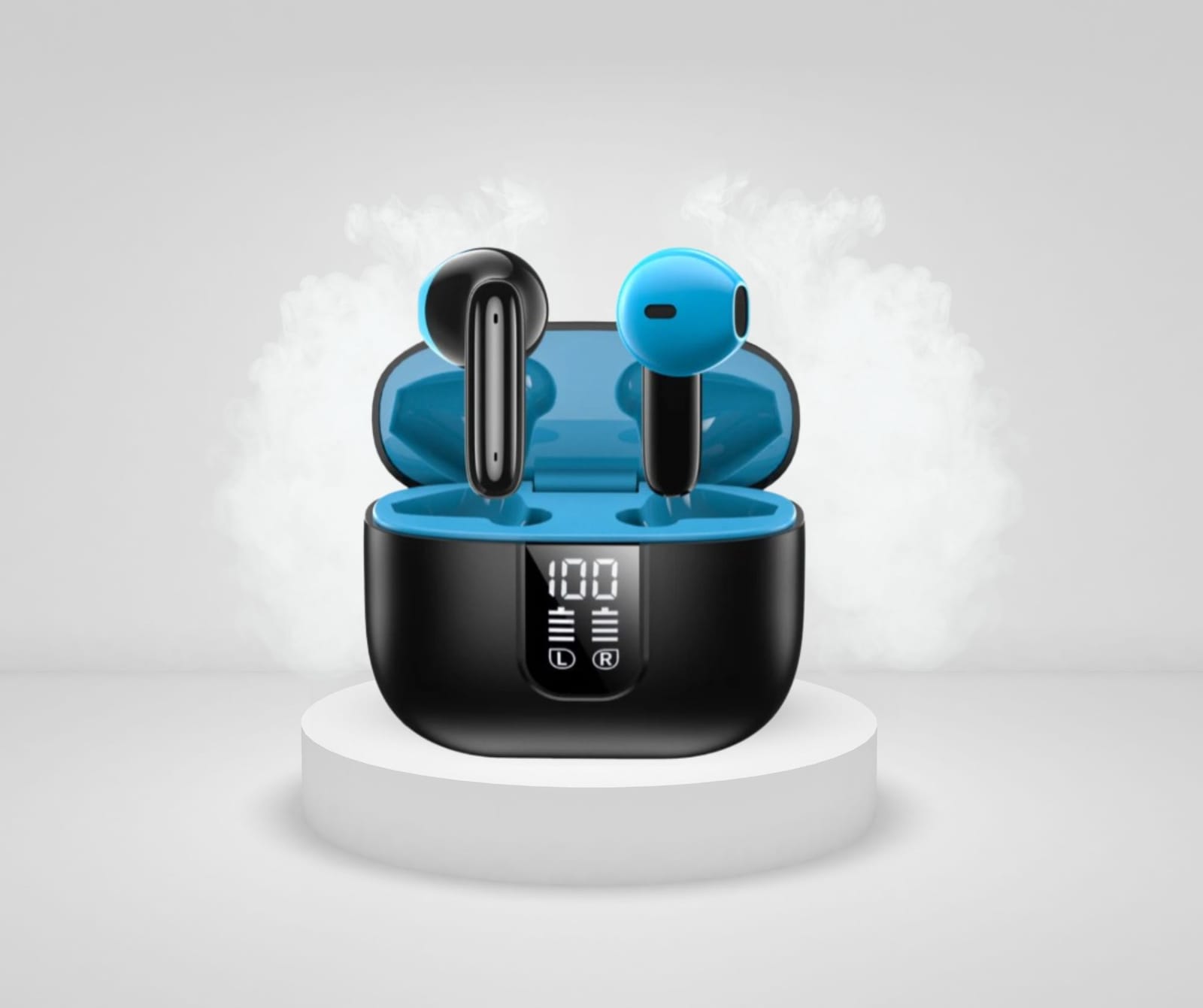I was going to call this article, ‘Lessons Learnt’ or ‘The Journey So Far’ or something similar and then decided that using those sort of clichés as a battling professional triathlete could cause me to be ill, vomiting all over my computer in disgust if I ever had to read this blog in the future. I don’t want to take that risk so I’ve tried to keep things succinct and tell you what I’ve learnt without putting you to sleep.
Be careful with altitude. Boise and Buffalo Springs 70.3. While not bad results I was doing a lot of intensity in my first few weeks at altitude primarily due to my overwhelming happiness at not having to go to work each day. I quickly dug an overtraining grave and placed my small gnome like self in it before having to take a complete week off to rise from feeling like death and finding some power on the bike again. In saying that if you get altitude right you will float like a butterfly, sting like a bee come your next sea level event.
Cherry Picking. It’s a fine balance. Yes you can turn your nose up at ‘cherry picking’ some races but if you are starting out as a pro and are serious about making or subsidising a living then you can’t race the world’s best week in, week out and expect to come up trumps. You may have trained for 6-12 months full time whilst some of the top consistent performers have been doing that training for 10-15+ years. Sure, on your day you can be competitive, however it’s unlikely that you can back that up and do the same thing in two weeks purely because of a shorter training history. You need to pick and choose some races in your season according to who is racing.
Certainly don’t cherry pick all or even the majority of your races as you may surprise yourself. For example I did Boulder Peak Olympic Distance, entering last minute more for experience because of depth of the field then for a top result but I finished 2nd which was pleasing and gave me a lot of confidence to pursue shorter course racing more than I had previously considered. Additionally racing top fields lets you know realistically where you are at and what you need to work on. Because you are king of the castle at your local triathlon derby, does not mean that you can pull up next to Macca or Crowie and give them some tips on how improve their run form.
Plan your season. After having months off due to pelvic complications after a passionately embracing a car when coming off my bike at 40km/h this wasn’t really an option for me as I could really only listen to my body and do what I could do on any given day carefully walking along the injury tight rope. This also meant that I came overseas with no real plan except to train, race, gain experience and improve. Not a bad option if you have some savings which thankfully I did however if you are looking to peak for key races and survive purely from the triathlon you need a plan that you stick to. I’ve wrestled in defiance with this fact generally signing up for races a week before them, cruising off to Peru on a whim and accommodating a new intestinal friend Giardia during what should have been key training weeks and as a result have had some races where I feel fantastic and others where I feel like a giant elephant seal in labour. I’ll be sitting down with my main man Grant Giles to come up with a more structured plan as soon as I get back to Oz now that my body is back to 95%. Even if you think you know it all like I often think, get advice from people who actually do know more than you.
U.S or Europe? If you think that you can be a full time pro triathlete based purely in Australia then you are smoking way too much dried banana skin and need to reassess. It’s unfortunate considering that triathlon age group participation in Oz is still enormously high but either event organisers (cough..WTC…cough although certainly not exclusively), sponsors, event costs, associations or other factor have undervalued the value of professional racing meaning that pro prize money on a whole is actually going backwards. I like so many others, got into the sport because of watching pro athletes who I thought were legends. I watched Foster Ironman in my final year of school seeing Macca and Shorto and others do their thing, was blown away deciding that one day I’de like to get involved. If legitimate pro racing can be returned to Oz there is little doubt that it will bring thousands of new athletes, sponsorship and media coverage and help triathlon once again boom in Australia.
Companies (particularly triathlon specific) and event organisers in Europe and the U.S recognise the role pro athletes play in gaining their event or product publicity and the sport is growing quicker than Ollie Whistler’s quadriceps after his latest injection of horse steroids.
Sponsorship. I’m still very much learning the game however it’s becoming more and more obvious that sponsorship is only partly about race results. Here are three sponsored athlete methods I have identified that may be of use:
- The Vabrousek’ method. Race every single weekend. Even if the wins aren’t flowing, you are still right up there gaining sponsor exposure around the world on a weekly basis.
- The online assault method: Enlist as many people as you can muster on twitter, facebook and looking at your website. Then proceed to jam daily blogs down their throats using the words success and journey every chance you get. So even if you aren’t actually getting results the illusion of a didactic experience and promising future is created in addition to gaining a lot of sponsor exposure.
- The Crowie method. Go quietly about your way and win everything you enter. Yes, rather difficult to do so I’m perfecting the online assault method at this point in time.
In all seriousness, the U.S has opened up some tremendous sponsorship opportunities for me. Kestrel, a bike brand I’ve always lusted over have helped me out enormously with not only the sexiest but also the fastest bike I’ve had the pleasure of straddling.
People who know me, know how fussy I am about running footwear and clothing after having worked at the ‘Running Science’ in Sydney and trying on every running shoe that becomes available. So to have Zoot on board the ‘Reed gnome express’ is incredible. Aside from Rev 3 Iron distance my three races previous to that saw me have the fastest or second fastest run time in these shoes. I can’t rave about them enough, they simply work.
Finally, High 5 Sports Nutrition. I’ve tried a lot of different products. Found that High 5 really worked for me and set about hunting them down as a sponsor over quite a period of time. My persistence paid off so that now I not only have the best sports nutrition to train and race with but I can severely cut down my food bill and eat really well even when I don’t win a pay cheque that week.
Train with Athletes that have more experience. Not always but at least sometimes. I had the pleasure of doing a lot of my training with Fatty Black (Matty White) and the Tim ‘African belly’ Berkel. While it was somewhat interesting to watch their ‘homocurious’ relationship develop as a result of living in each other’s pockets, a lack of oxygen and lack of female company, I certainly did learn a lot from these seasoned campaigners. In particular, investing in massage, chiro, compression wear and other treatments very regularly to keep the body functioning correctly, sticking to a training plan, training bloody hard and the importance of eating very well. I can’t thank them enough for all their help this season.
Appreciate the people that make it possible. I can’t thank Warren and Pam Schuckies enough for all their help. You guys have been amazing.
Until my next ramble, train safe.






